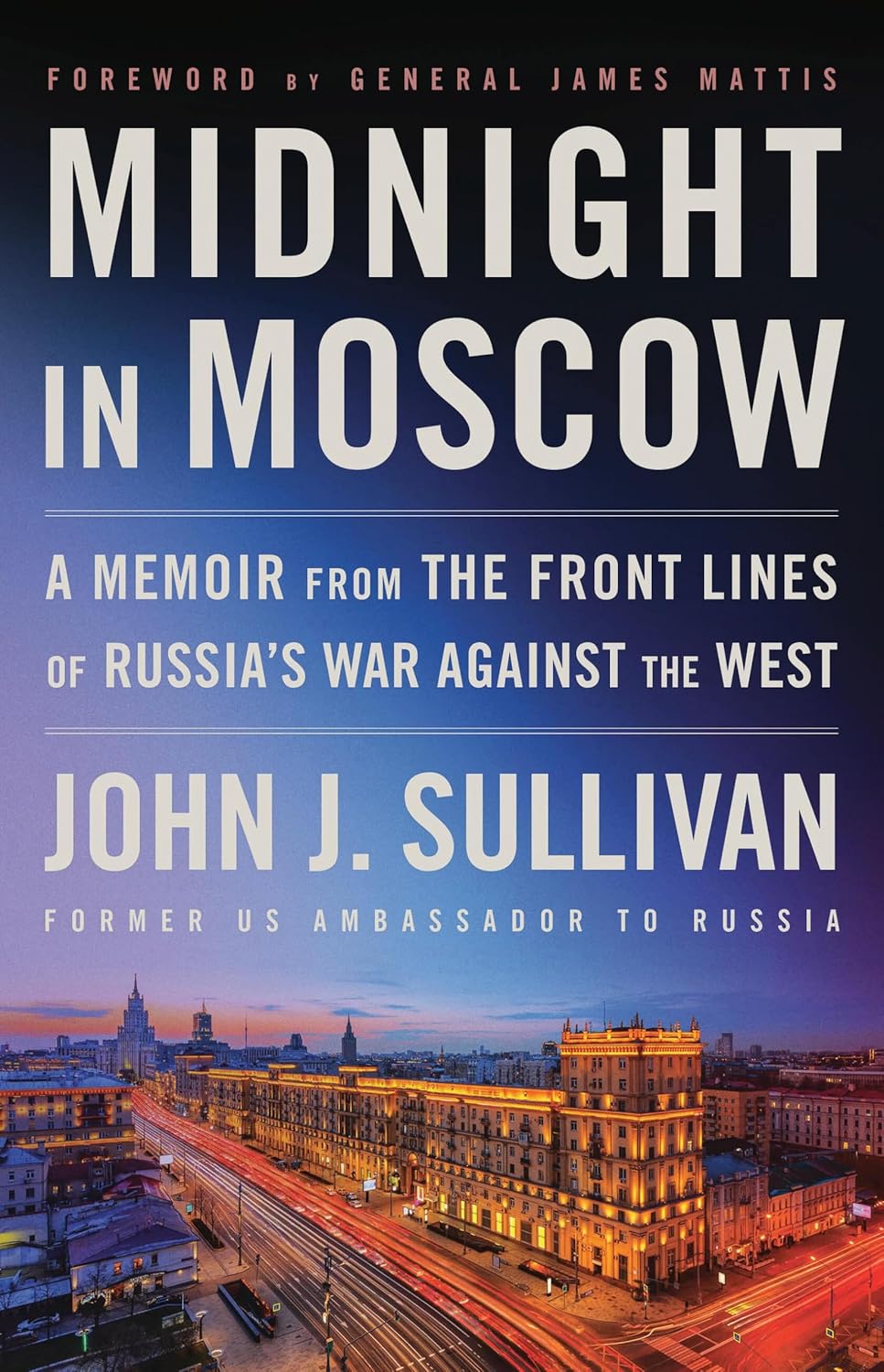Kalle Kniivilä reviewed Midnight in Moscow by Sullivan, John J.
Highly recommended reading
4 stars
The author of the book was the US ambassador in Moscow when the Russian full scale invasion of Ukraine started. There may not be very much new information in the book for those familiar with the subject, but it is fascinating to receive insights in the workings of the US embassy and the diplomatic contacts with the Russian representatives at this time. Also, the author was deputy Secretary of State during Donald Trump's first mandate but is no Trump supporter. His account from inside the administration is interesting in many ways.
The author of the book was the US ambassador in Moscow when the Russian full scale invasion of Ukraine started. There may not be very much new information in the book for those familiar with the subject, but it is fascinating to receive insights in the workings of the US embassy and the diplomatic contacts with the Russian representatives at this time. Also, the author was deputy Secretary of State during Donald Trump's first mandate but is no Trump supporter. His account from inside the administration is interesting in many ways.

